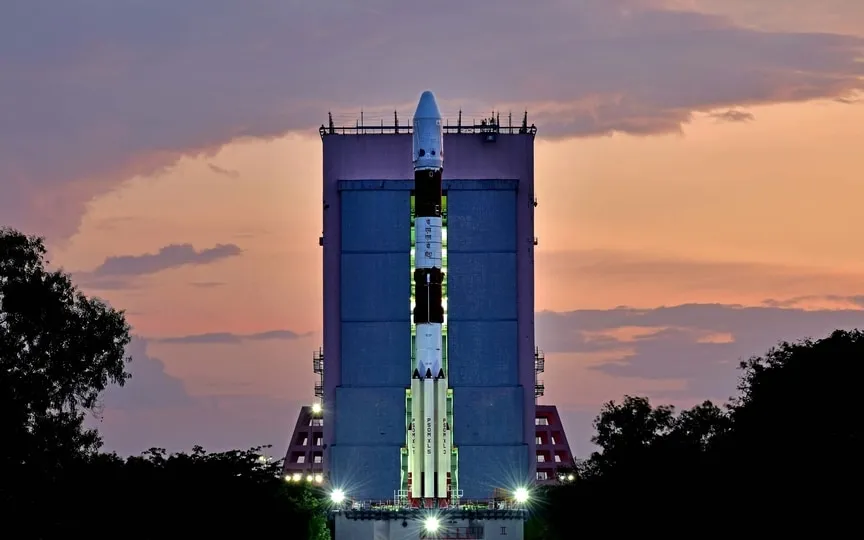India’s Space Agency Preparing to Unveil Aditya-L1: A Mission to Investigate the Sun’s Secrets
The Aditya-L1 mission by ISRO, which plans to reach L1 in 125 days, will extensively study the Sun with the help of seven payloads, including the vital VELC. This endeavor marks a noteworthy milestone in India’s space exploration and sets the stage for upcoming missions such as Gaganyaan, enhancing our knowledge of the universe.
1. The Indian Space Research Organization (ISRO) is gearing up for the launch of Aditya-L1, India’s first solar mission, scheduled for September 2 at 11:50 AM IST.
2. ISRO Chief S Somanath attaches utmost importance to this launch and recently offered prayers at the Chengalamma Parameshwari Temple in Tirupati district of Andhra Pradesh in anticipation of the mission.
3. Aditya-L1’s primary objective is to study the Sun and is scheduled to reach its assigned Lagrangian Point 1 (L1) position 125 days after launch.
4. The L1 point is located at a distance of 1.5 million kilometers from the Earth in the direction of the Sun and offers an ideal vantage point for continuous observation of the sun without interruptions of eclipses or obscurations.
5. Aditya-L1 will be launched on a PSLV-C57 rocket and will carry seven separate payloads designed for extensive exploration of the Sun.
6. The most significant of these payloads is the Visible Emission Line Coronagraph (VELC), developed in collaboration with the Indian Institute of Astrophysics.
7. The VELC instrument allows Aditya-L1 to take images of the Sun’s corona, a challenging feat due to the Sun’s intense brightness.
8. Scientists seek to study various aspects of the Sun’s behavior, including the physics of its corona, heating mechanisms, the acceleration of the solar wind, and the dynamics of the solar atmosphere.
9. Data from Aditya-L1 helps to understand space weather, solar flare events and their effects on Earth’s space environment.
10. India’s solar mission is motivated by the desire to deepen the understanding of solar phenomena and their effects on Earth’s near-space weather.
11. The mission also investigates the origin of Coronal Mass Ejections (CME) and solar flares, which are crucial for predicting and mitigating their effects on Earth.
12. Aditya-L1 is a major milestone in India’s space exploration, ahead of other upcoming missions, including Gaganyaan, which is scheduled to launch in the first week of October.




